Menu
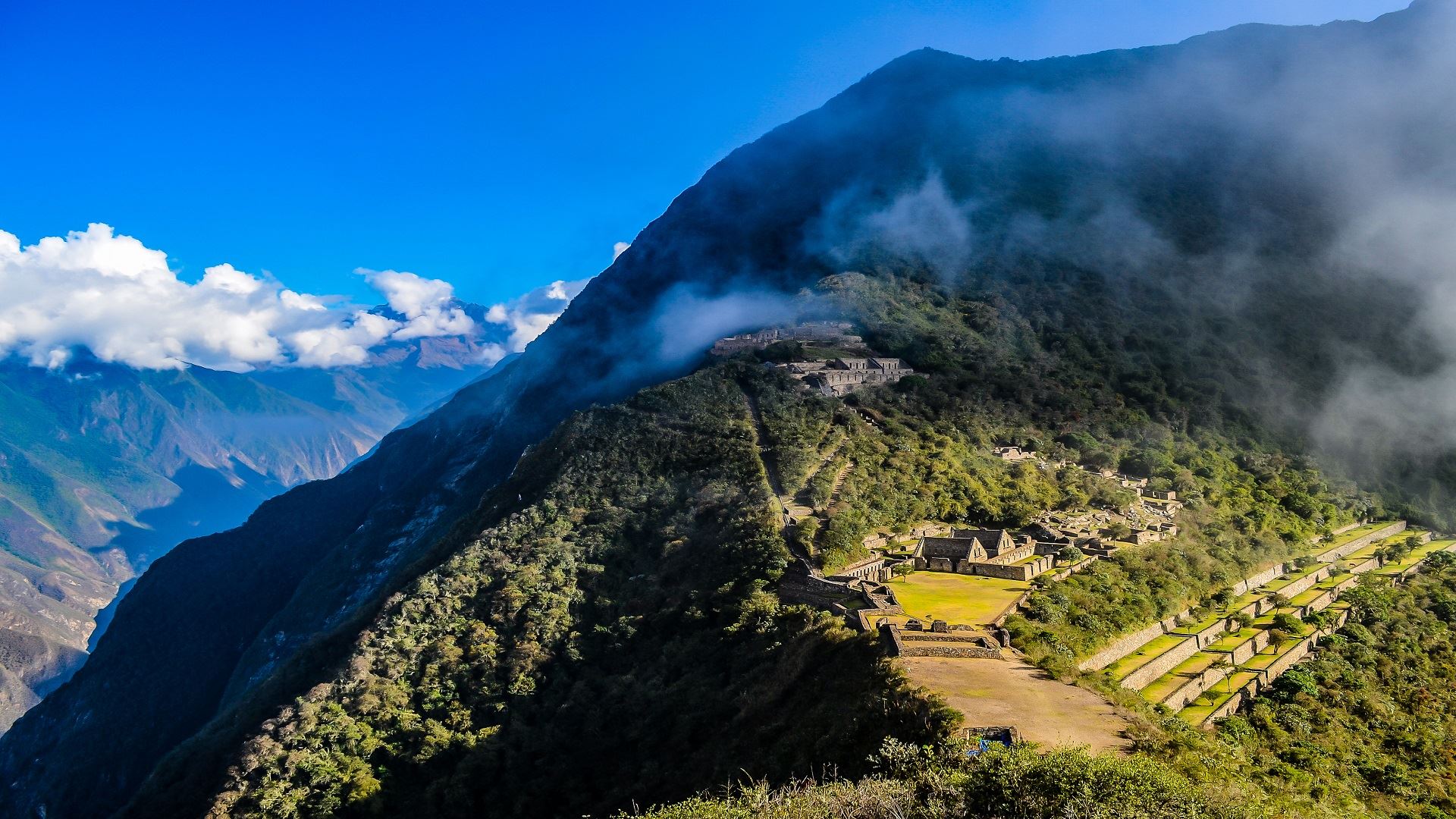
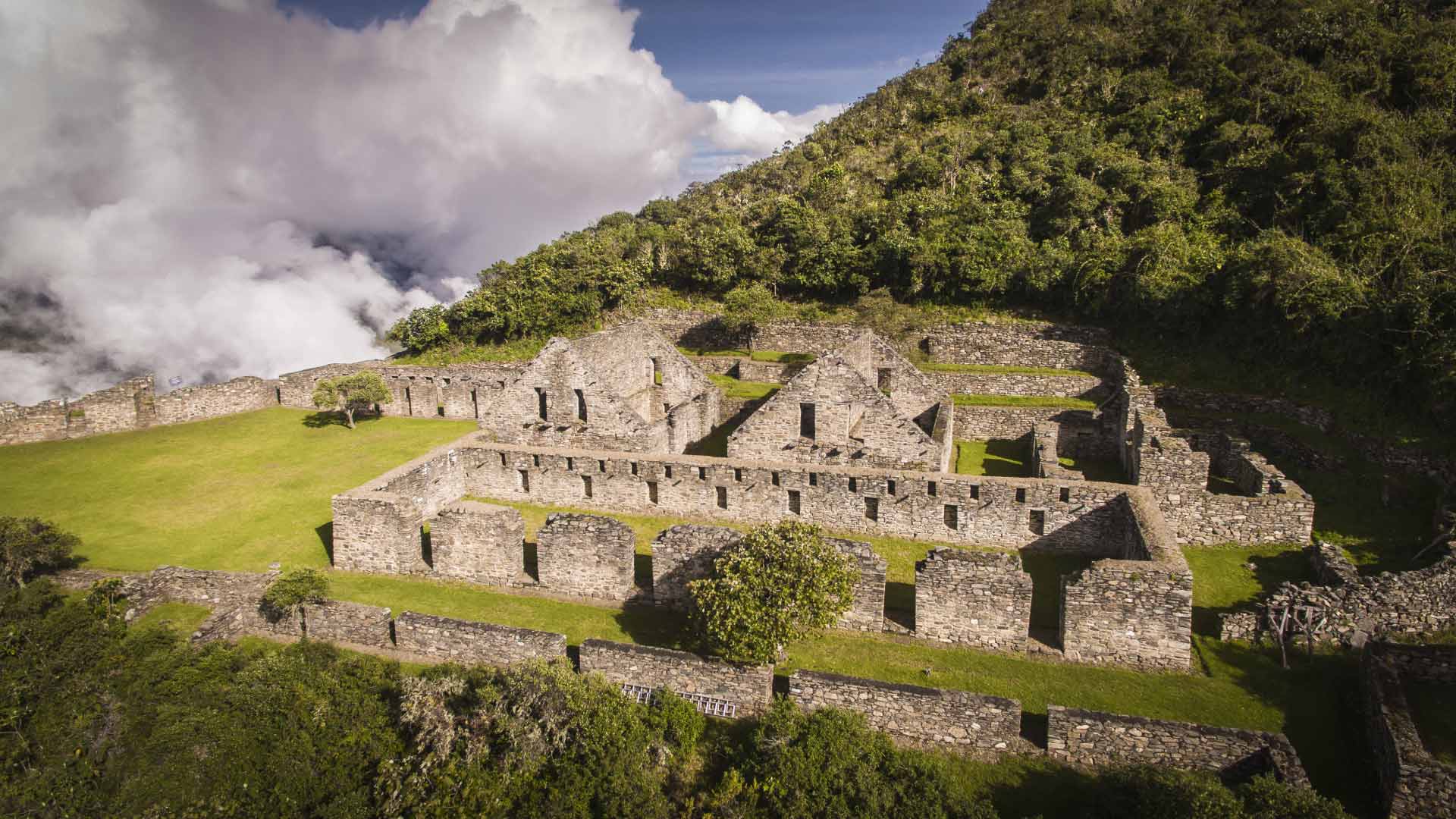
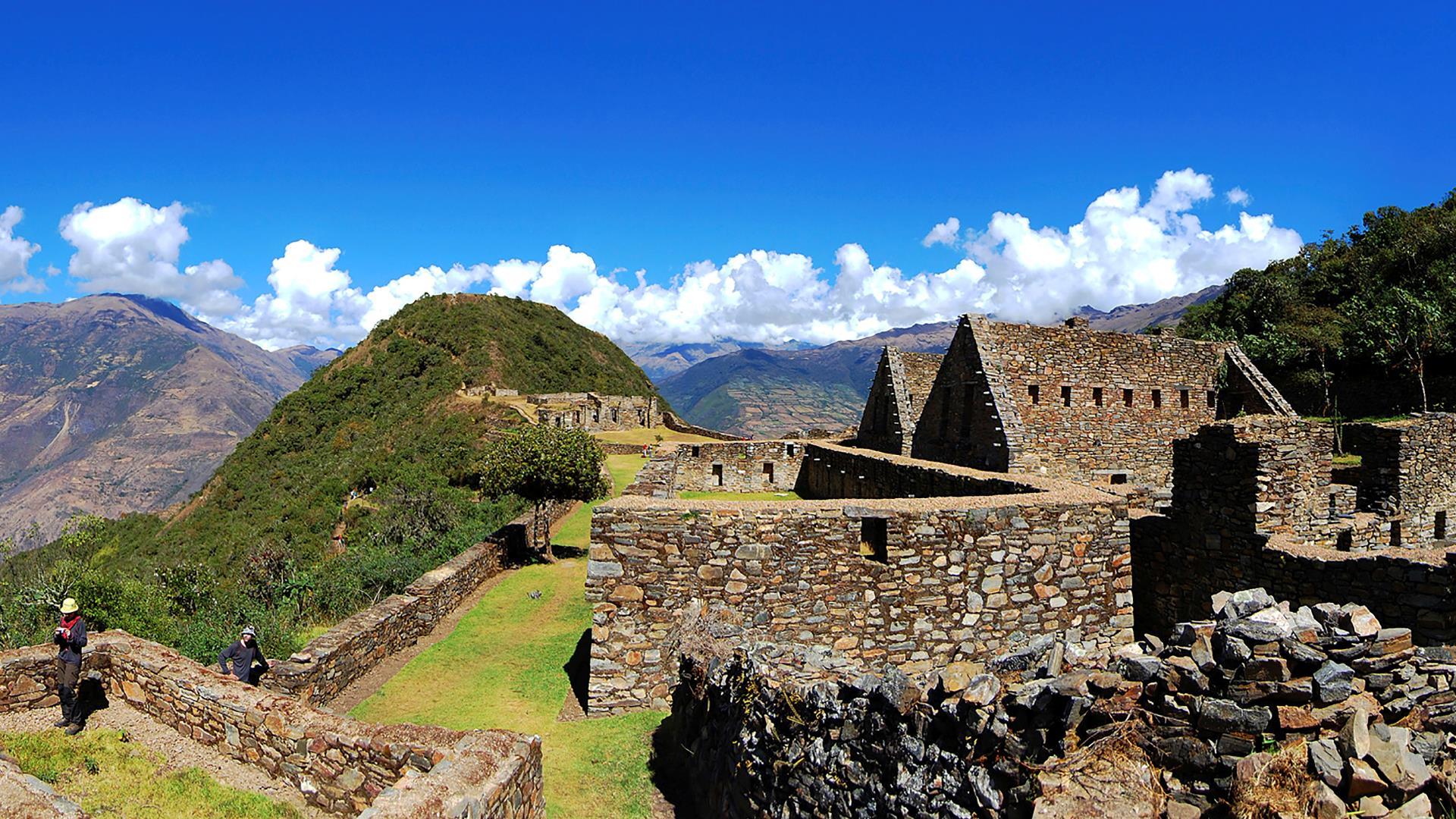
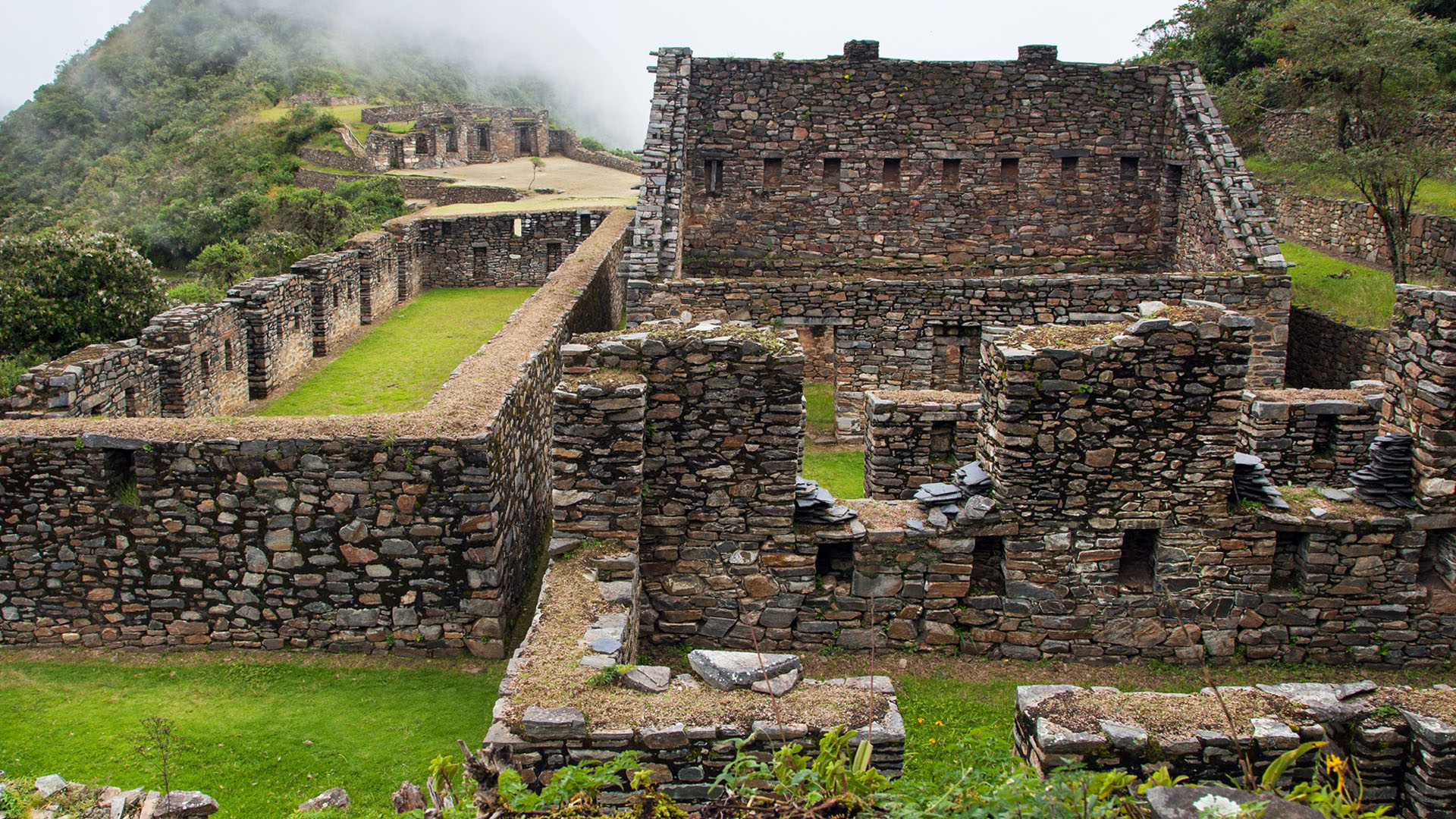
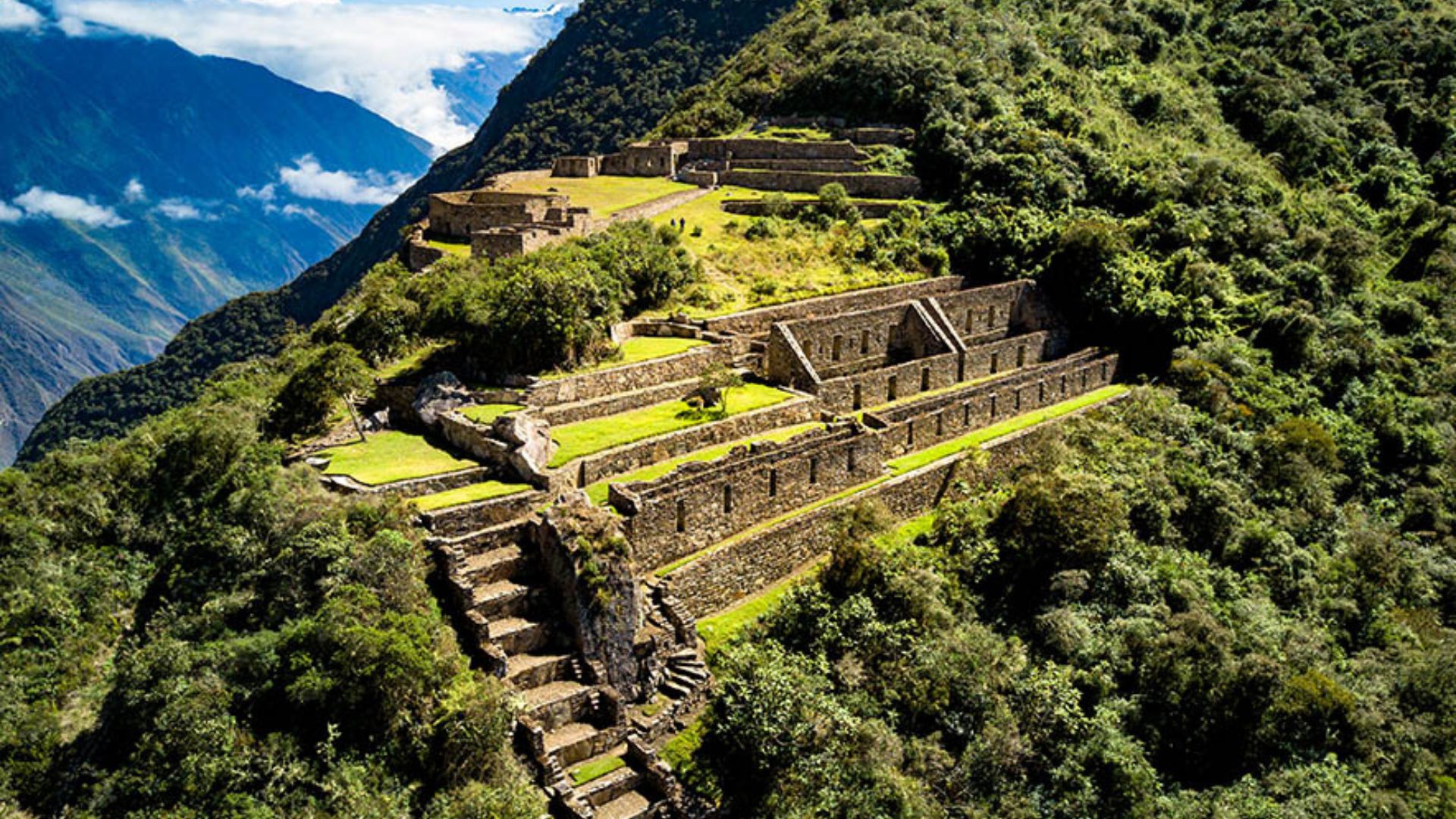
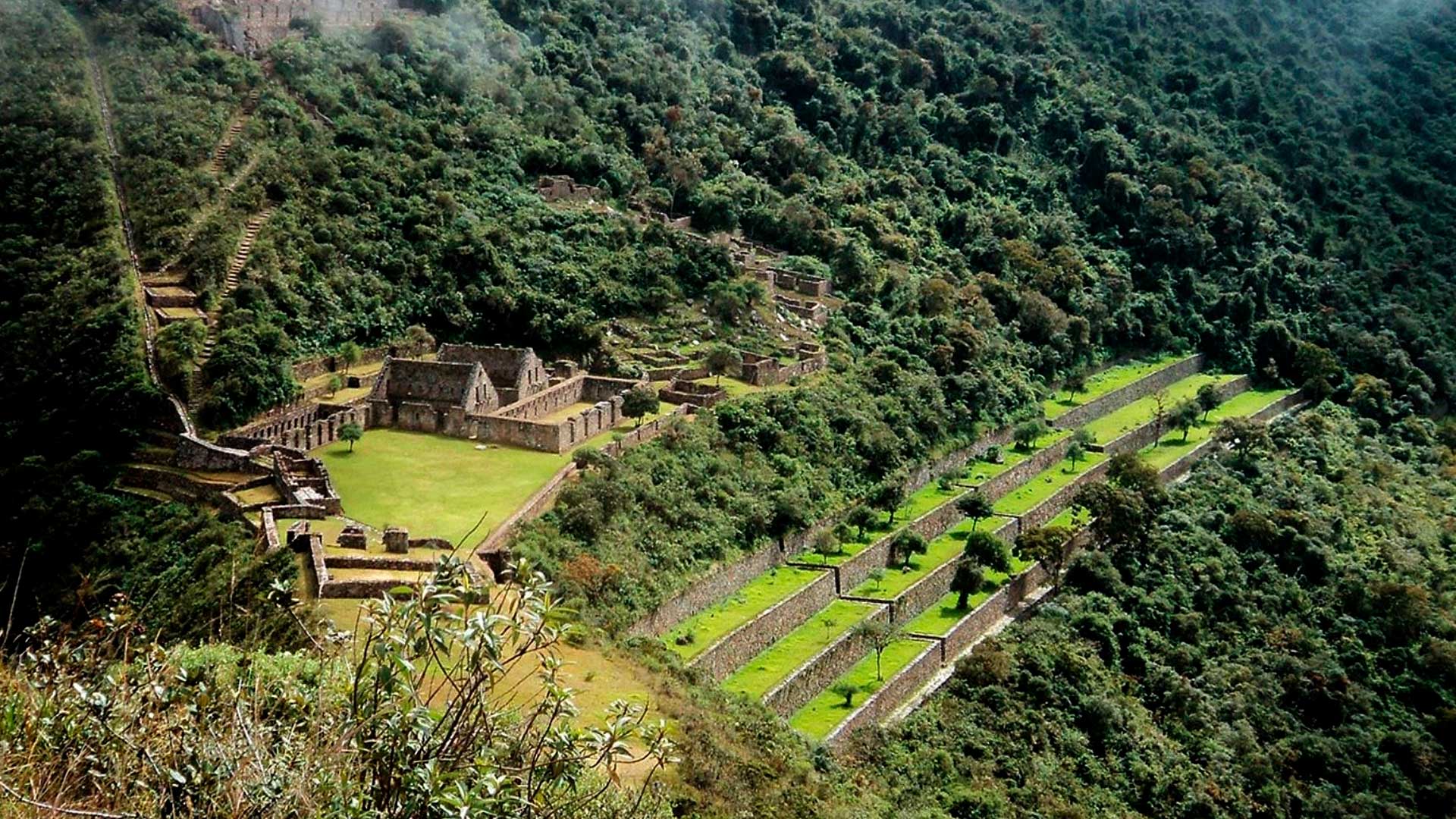
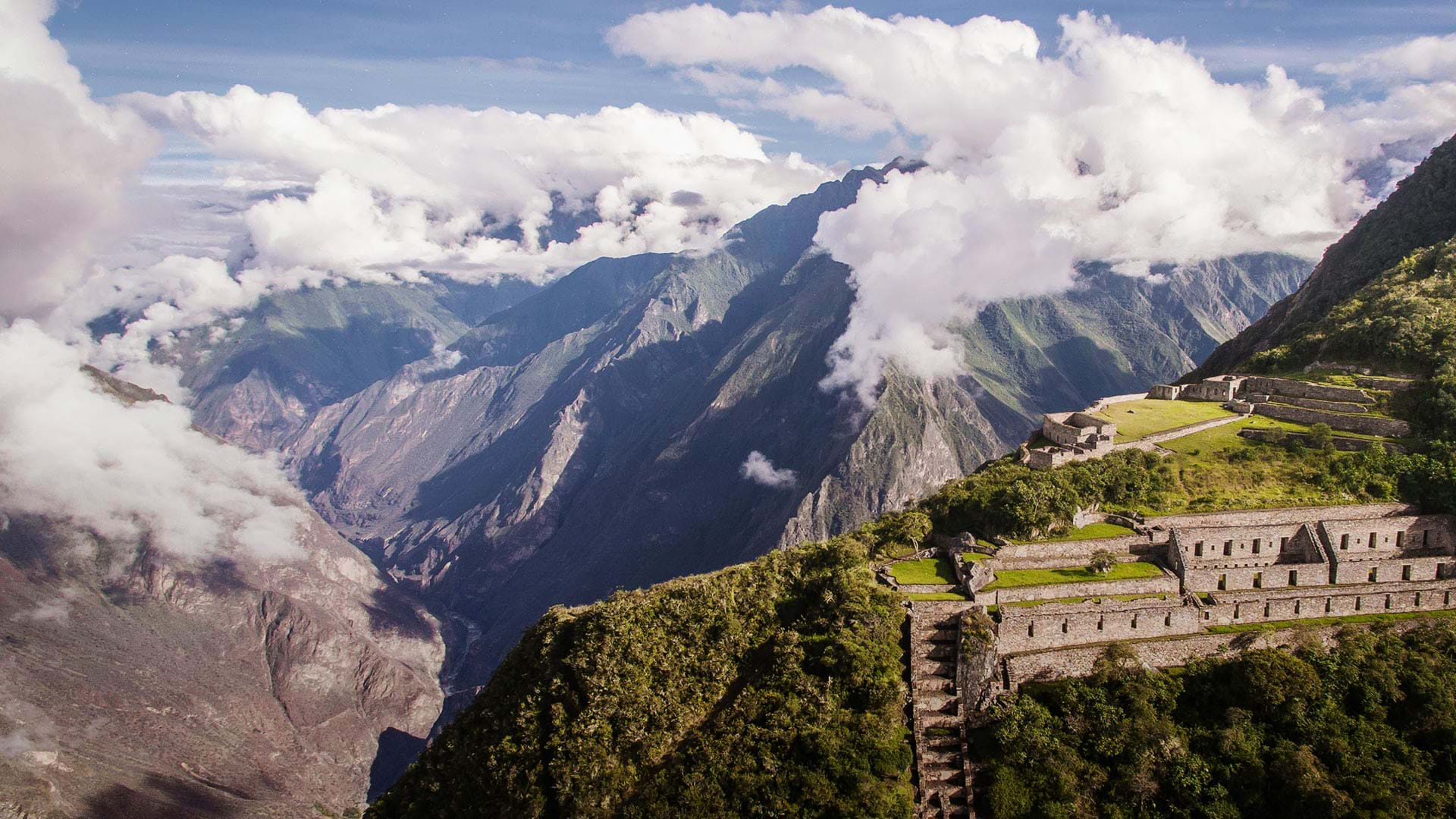
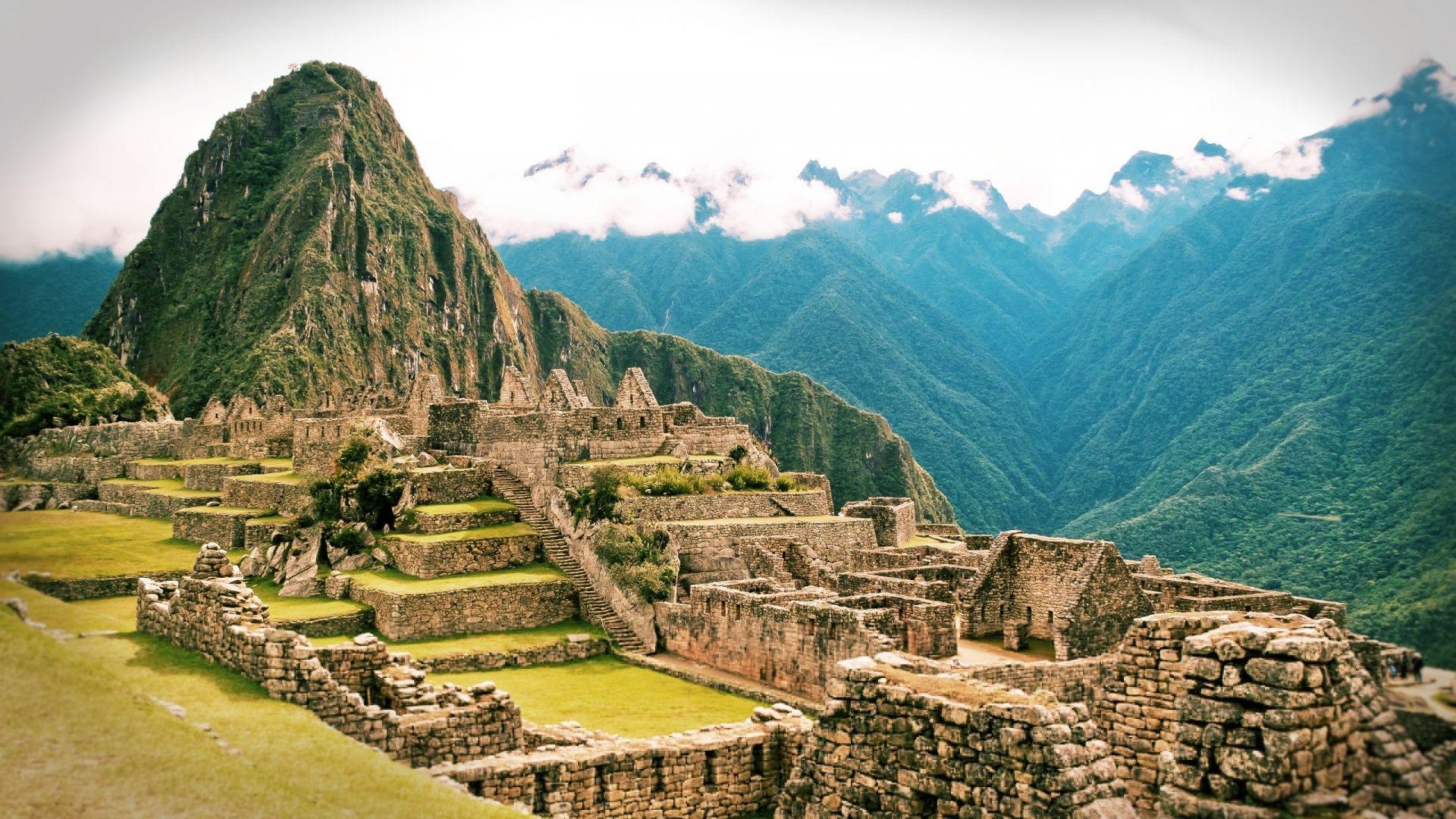
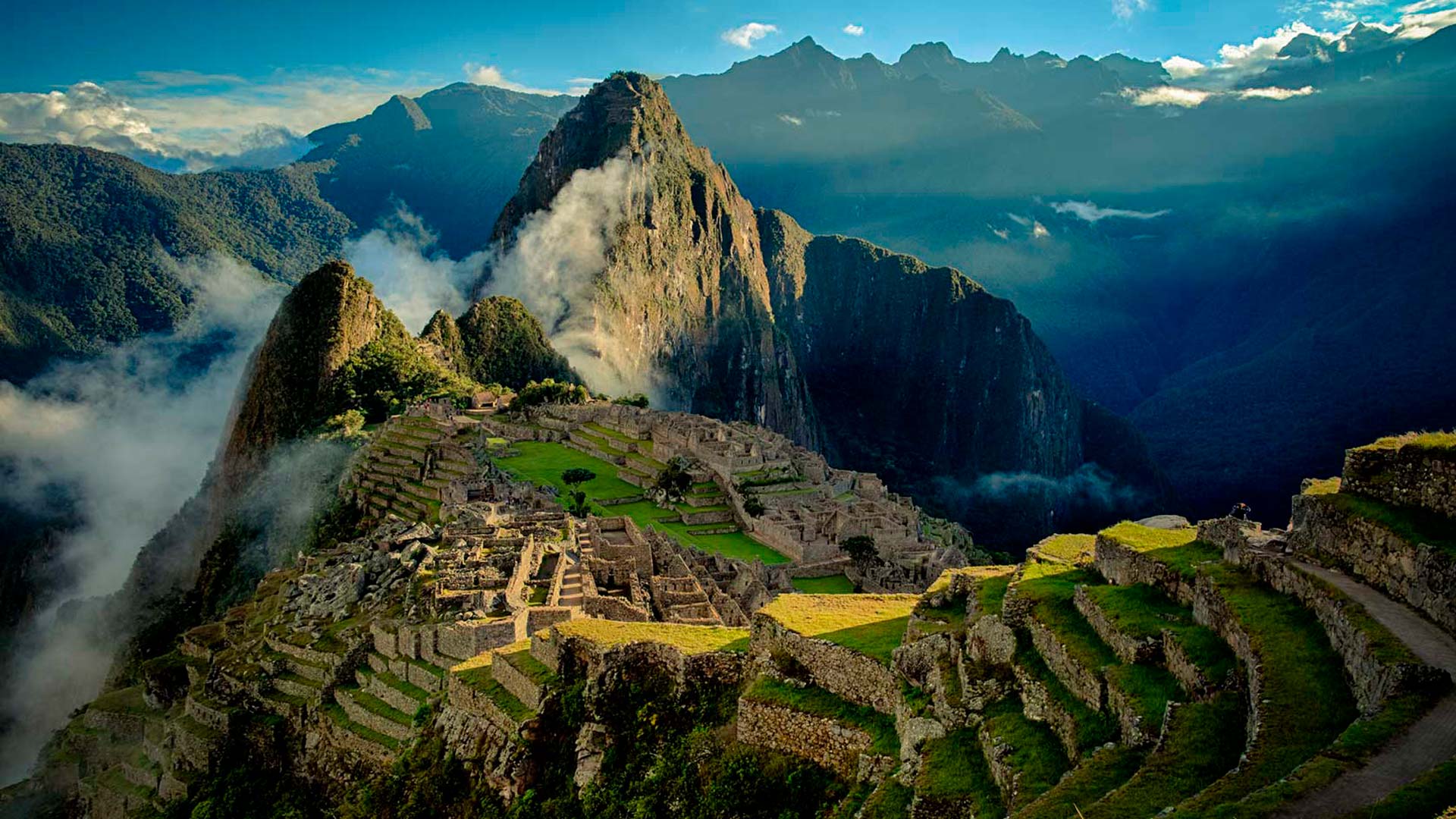
9 Days / 8 Nights
50 miles
Moderate
3300 - 5000 msnm
Choquequirao Trek
Up to 8 people
An amazing combination of challenging trekking and visits to two major Inca archaeological sites. First the remote and less well known Choquequirao (The Sister City Of Machu Picchu) and then the mystical and famous Seventh Wonder of the World Machu Picchu.
Choquequirao (Cradle of Gold) is a partly excavated ruined Inca city which bears a striking similarity in structure and architecture to Machu Picchu. It is often referred to as the ‘sister’ of Machu Picchu. Choquequirao receives far fewer tourists than Machu Picchu but the ruin is no less interesting and is a good alternative to the crowded Machu Picchu.
The ruins at Choquequirao are comprised of buildings and terraces at different levels from the lower level Sunch’u Pata to the hill top. The hill top has been leveled and ringed with stones to form a large platform.
Choquequirao (3,085m) is situated among the Salkantay Mountain Range above the Valley of the river Río Apurímac. The entire complex encompasses 1,800 hectares of which 30-40% is uncovered. The site is believed to have been built during the reign of the Inca king Pachacuti Inca Yupanqui and is considered to be the last bastion of resistance and refuge of the Sons of the Sun who fled from the city of Cusco when it was under siege by the Spanish in 1535.
This is a challenging trek and it is important to be well acclimatized to the altitude and to have a good fitness level.
PLEASE NOTE : WE ARE TAKING THE PATH OF CAPULIYUC TO GET BETTER VIEWS AND WE ARE SKIPPING THE DUSTY ROAD OF CACHORA WHERE THE CARS PASS .
Meet & greet with other guests where you receive important information for a great trekking experience.
Arriving at Cachora town at 7.00 in the morning where we will have our breakfast while we arrange the equipment on mules and horses. Already from the village of Cachora we can observe the majestic Padrayoc snow covered peaks, the highest is 5482 m.a.s.l. The hike on this first day is 21.70 km or 10 hours. On the way we will observe Padrayoc and Wayna Cachora snow covered peaks. We can appreciate the beautiful change of the landscape from precipices to snowy mountains. The walk starts quite flat with views to snow covered peaks and small farms on the step mountainsides. From the viewpoint of Capuliyoc, where we might see condors, the descent towards the Apurímac Canyon starts. As the vegetation is changing from Agave and Tunacactus forest to dwarftree forest we have lunch brake at Chiquisqa (1950 m.a.s.l.). From here we continue the descent to the abundant Apurímac River in 1550 m.a.s.l. in the impressing deep canyon of the same name. After a short brake at the river we start the steep climb towards Santa Rosa, where we camp for the night in a small sugarcane plantation (2115 m.a.s.l.).
Early morning after breakfast, we continue our hike going up to Choquekiraw. The first 2-3 hours are going up steep, but then it will change between flat and climb the rest of the way surrounded by beautiful vegetation with several varieties of orchids. We will arrive to the archaeological place CHOQUEKIRAO after 5 hours. After a good lunch and a little break we will walk to the main square of Choquekirao, to enjoy this majestic place, where we will observe the three levels of the excavated ruin. Approximately at 3 o’clock in the afternoon (depends of the weather) • we can be lucky to appreciate “the flight of the Condors”. The guide will decide where to set our camp in Raqaypata (2910 m.a.s.l.).
After breakfast we have good time to enjoy the majestic archaeological place. We can appreciate houses, terraces and other parts of this late Inca-town. Besides we see the ruin in progress of excavation and finally areas unexplored- that can tell us about this last refuge of the oppressed Inca empire. After the lunch we walk through Choquekirao, with all equipment going to our next camp. We follow the old water canal for a while before we start the 3 hours walk to the Pinchinuyoc ruins found in 1998. First we walk through cloud forest, but then all becomes steep open prairie with open views of the Mountains and valleys. Pinchinoyoc – these ruins are something very special. All of a sudden they appear in the cloud forest, almost invisible because of the thick layer of mosses and other vegetation that covers it. Here we spend the night basically on the old Inca Terraces.
This morning we walk down through an interesting vegetation know as Dry Andean Highland Forest. Trees and plants here look different to what we have seen before. We arrive to the river Victoria after a few hours and use the brake here to get a refreshing bath in the cold and clear river water. We cross walking through the river, since there are no bridges. After our brake we start the long and steep climb to our camp in Maizal, high over the river close to the sacred Apus of the Incas. On the way up we catch our breath in the shade of small trees and other vegetations on the way up. In Maizal we have our lunch and enjoy, that we can relax this afternoon- with only optional physical activity. Maizal is properly the camp in the most beautiful location of them all. From here we see 3 valleys and a great snow peak right across from us. A good place to lean back and think.
We leave our camp in Maizal and walk towards the San Juan pass. Again a long climb, but we walk in a amazingly beautiful area- first with cloud forest and then over Andean Puna with the well known ichu grass. We rest at some of the Victoria mines, where metal shining stones tell about a high concentration of minerals and metals. On our way through the Puna we walk on very well preserved Inca trails, among other characteristics with the classic zigzag. We take lunch at the pass in 4000 m.a.s.l. with view of the mountain Choquetakarpo, before we start the descent towards Yanama, a small isolated settlement at the bottom of a long valley surrounded by mountains.
We continue from Yanama up through the valley towards the highest point of the tour, The Yanama Pass in 4500 m.a.s.l. On the way we have a good view of the snow capped Sacsarayoc. Once again we have the chance to see condors, and this mornings smooth climb bring us through new landscapes- especially the wet grass fields under the snowline that distinguish from everything else seen on the tour. In the pass we might walk in snow, and the descent is a long foggy hike through grassy fields- and bush areas and crossing small wood/dirt bridges on the way towards the community of Totora, where we spend the night.
We now walk the about 2000 meters down through the changing vegetations to the warmer camp in the village of La Playa. Approx. 7 hours walking. On the way we see small waterfalls and get a refreshing natural bath. The area also has a big variation of bird life and it is now obvious that the climate and vegetations have changed totally, and now we see plants recognizable from the living rooms in Europe and several types of orchids. The Playa is the biggest village on the way, where we can find some small shops to buy snack etc. In this area we can see small plantations of coffee and bananas.
From the Playa to the Hydroelectric at the Urubamba River. This morning we will work up one newly opened Inca trail. This trail originally was used to transport agricultural products to the population on Machu Picchu and it takes us through an area with coffee plantations and subtropical fruits and crops. As we come up higher the trail the vegetations changes between dry and grassy with flowers and moist cloud forest. In the pass we are suddenly in a cool dense wood full of trees covered with thick mosses. Shortly hereafter we see for the first time the impressing Machu Picchu on a mountain saddle further into the valley. 10 minutes more and we arrive to our lunch spot called Llactapata. He we have our lunch while enjoying the views of Machu Picchu and the beautiful mountains. Then we walk the last part downhill and along the river to the Hydroelectric. Here we can visit on fine Intihuatana while waiting for the train or continue walking to Aguas Calientes where we arrive in the afternoon. We spend the night in a nice hotel.
From Aguas Calientes we walk or take bus to Machu Picchu. We start our visit with a 2-3 hours guided tour, that will bring us to the most important locations at the archaeological site and the guide will tell us about the great importance Machu Picchu enjoyed as astronomical and religious center. The rest of the day we spend at this amazing ruin and you will have the chance to climb Wayna Picchu or visit the beautiful moon temple. We meet in the afternoon in Aguas Calientes where we take the train to Ollantaytambo, and from here bus to Cusco. In Cusco we go to at central placed hotel close to the colonial style Plaza de Armas.
IMPORTANT NOTE:
Appropriate clothing along this hike
Hiking pants and T-shirts are recommended during the day, complemented by sweaters, fleeces and waterproof jackets. It is very convenient to have light raingear available in the daypack (rain poncho or jacket and/or rain pants) as the weather changes easily and rains can suddenly occur. At night, warm clothing is required, down jackets can be useful, otherwise a fleece and a jacket. During the fourth day (if sunny) and in Machupicchu, convertible hiking pants are useful, as can be switched into shorts if necessary. Machupicchu has a warm climate, getting only cold at night. The rest of necessary implements are included in the“What we recommend that you bring” list.
DISCOUNTS:
What will the weather be like on a Choquequirao trek?
The Andean weather can be unpredictable, despite the sharp divide between dry and wet seasons. The dry season runs from May to October or November; the rainy season goes from December through April. Nevertheless, Choquequirao lies in the forested fringes of the Amazon basin, where showers can occur at any time of year. Therefore, even in the “dry” season, your daypack should always include full rain gear (both jacket AND trousers).
Daytime temperatures can vary greatly, with daytime highs ranging from 10ºC/50ºF to 32ºC/90ºF and nightime lows ranging from 10ºC/50ºF to a cold 4ºC/40ºF, though seldom much lower. The floor of the Apurimac Canyon gets very hot during the day. Bring your swimsuit for a delicious dip in the river.
Who should NOT hike Choquequirao?
This is a good hike for almost anyone with overnight hiking experience. The well-tramped trail is steep — but relatively easy if you hire pack animals. Those with chronic knee, ankle or back injuries should choose another hike. There may be rough & muddy sections. Evacuation is difficult.
What’s the most difficult section?
We expected the 1800+m (ft) climb from the Apurimac River up to Choquequirao to be excruciating.Yet for us it did not seem difficult. (Perhaps it was the excitement of finally arriving at the ruins.)If you hike one of the longer routes, the day following your visit to Choquequirao may well be the most difficult.
Should I bring a GPS?
It is a great idea if you are doing one of the longer routes. Keep a record of your route. We could post it on this website.
Do hikers ever get lost?
Yes, it is possible to get lost between Choquequirao and Machu Picchu. This is good reason to hire an arriero or guide.If you are only hiking Cachora to the ruins, return — no problem. There is more signage here than on any trek in the world! Two competing series of coloured distance markers, both inaccurate, may confuse you.
What special gear should I bring?
Don’t forget:
Sunglasses
Toilet paper
Waterproof jacket
Sufficiently warm clothing
Lip protection from sun and wind
Cash
Disinfectant alcohol gel
We recommend disinfectant gel (sometimes called instant hand sanitizer) which you use to clean your hands before snack breaks & after toilet stops in the woods. Alcohol gel is essential hiking gear.
Stove fuel for almost any stove system can be purchased in Cuzco. Do not fly with it, obviously.
What footwear is best for Choquequirao?
You want to wear what fits you best & what works for you. No blisters! Most experts recommend hiking boots. Modern boots are remarkably light & comfortable. A pair of good boots & gaiters make you feel invincible in the mud. Some arrieros, by the way, hike in recycled-tire sandals! hiking boot abandoned on the Trail.
Do I need a water filter?
You definitely must treat water. Much of the trek is in grazing land.
Some make a distinction between these two:
Water filter removes protozoa & most bacteria
Water purifier removes protozoa & bacteria and deactivates viruses
Viruses are too small to be filtered so purifiers add something to disinfect them.
Make sure your purifier is well maintained & frequently cleaned.
You must either filter, boil, use iodine or water purification tablets.
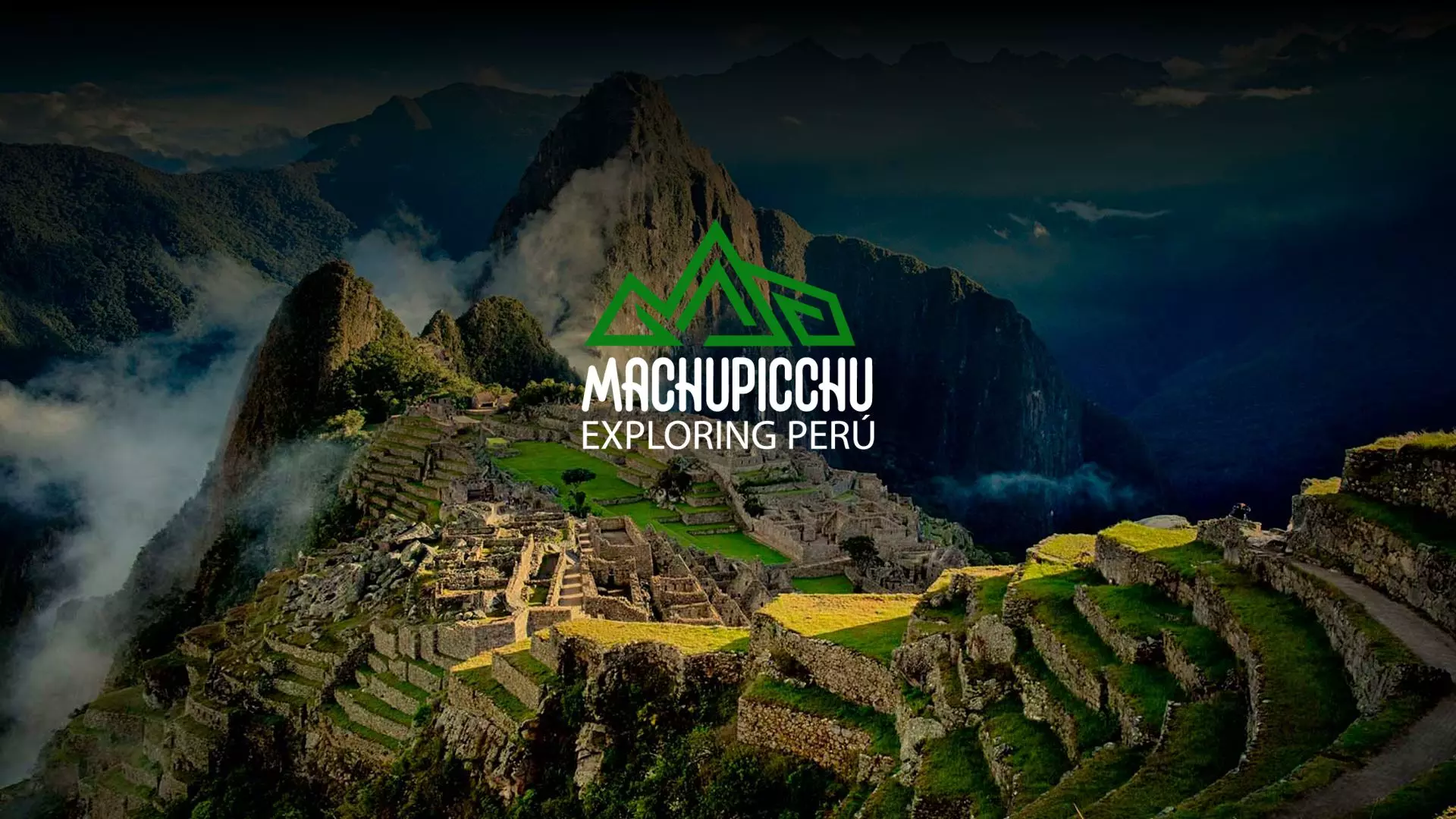
© 2023 Machupicchu Exploring Peru. All Rights Reserved Diseñado por WebCodePeru
WhatsApp us